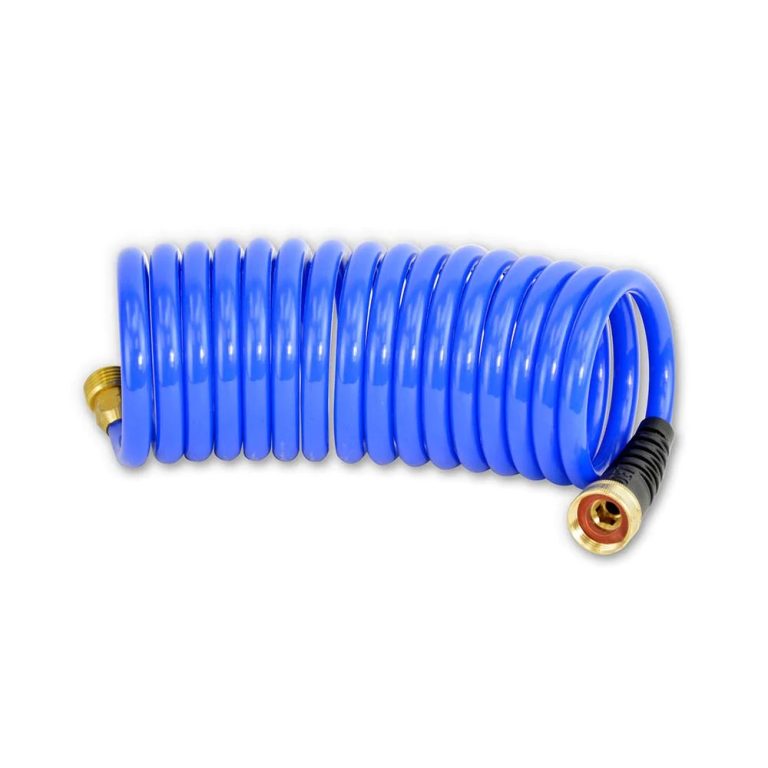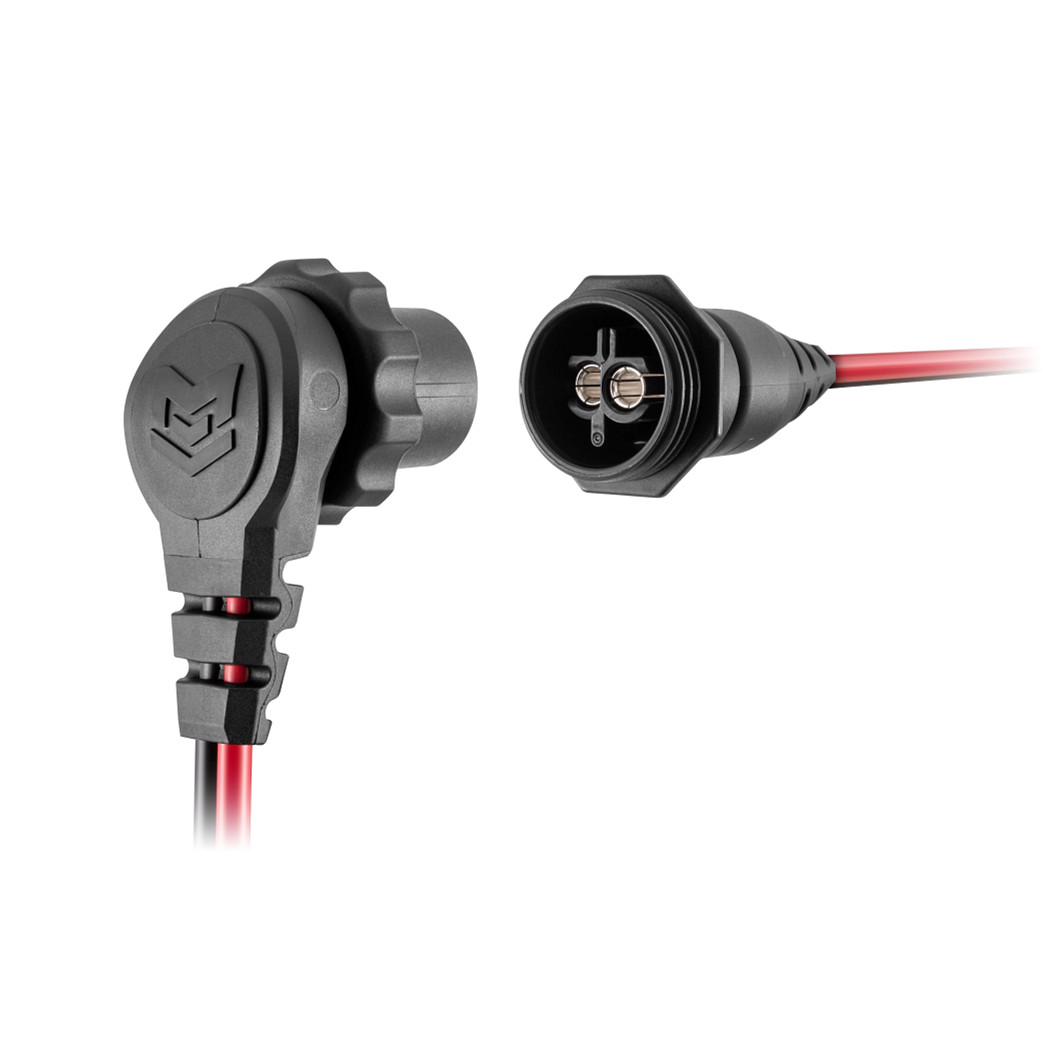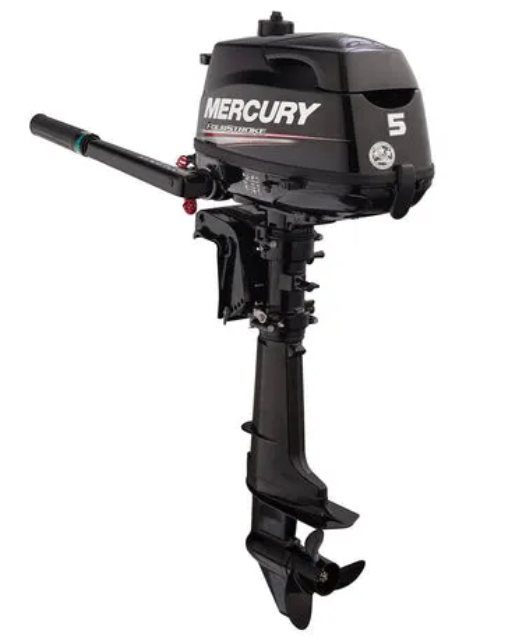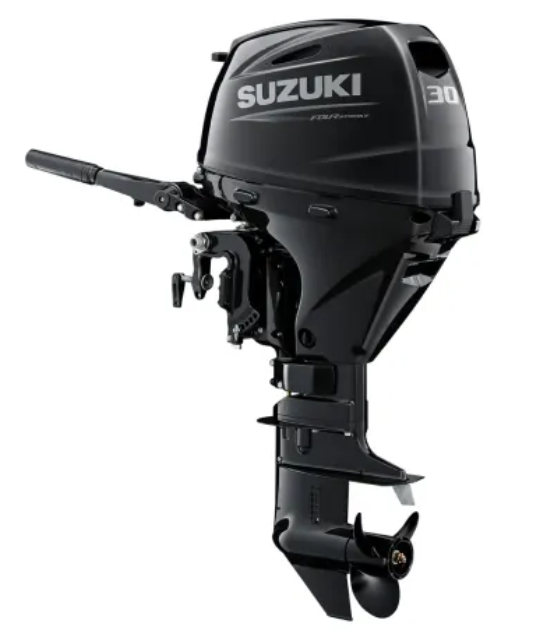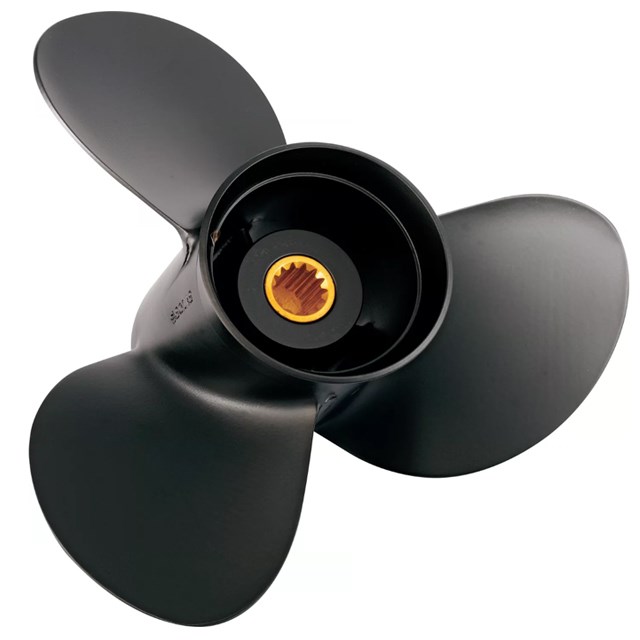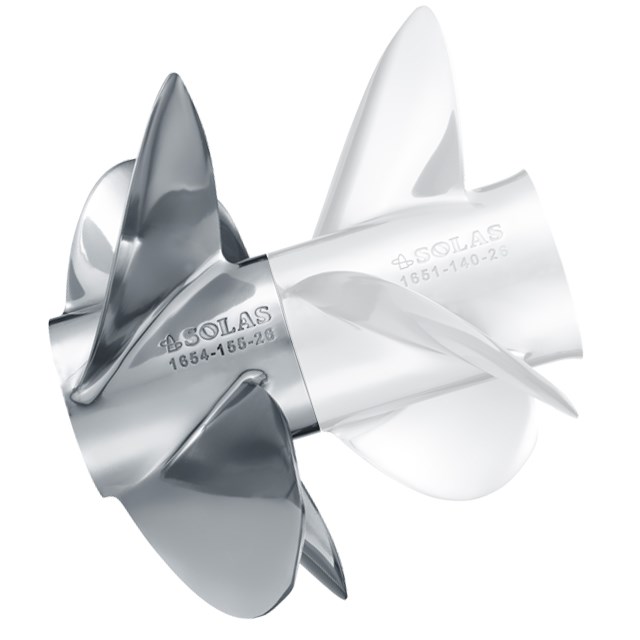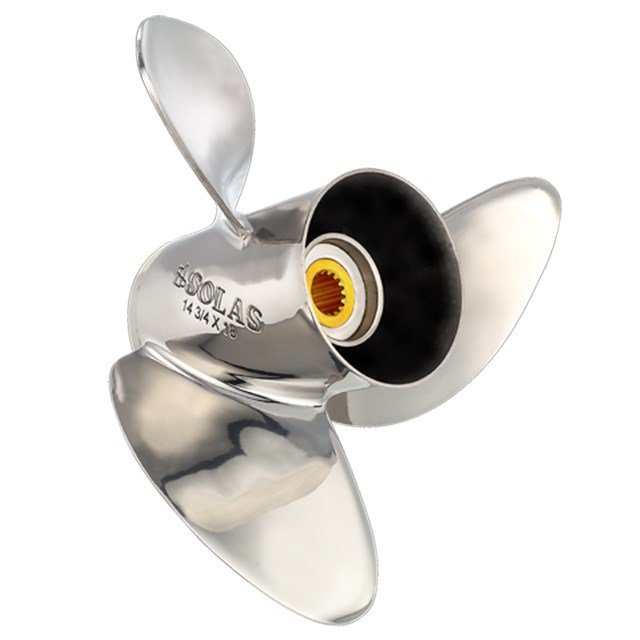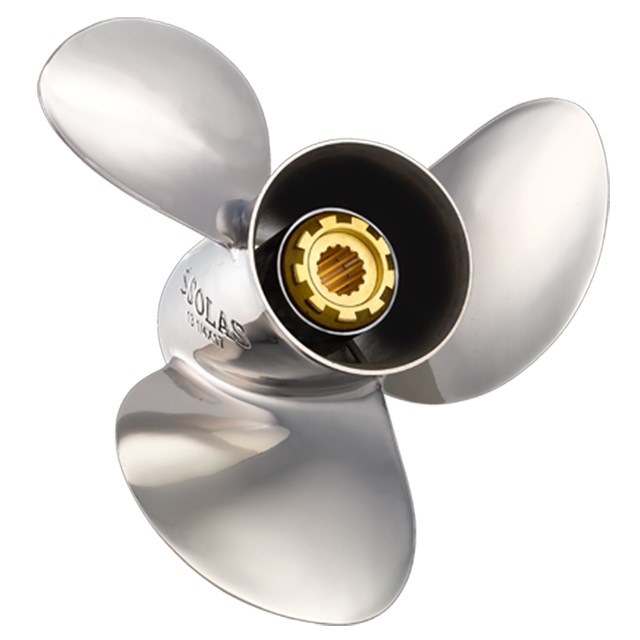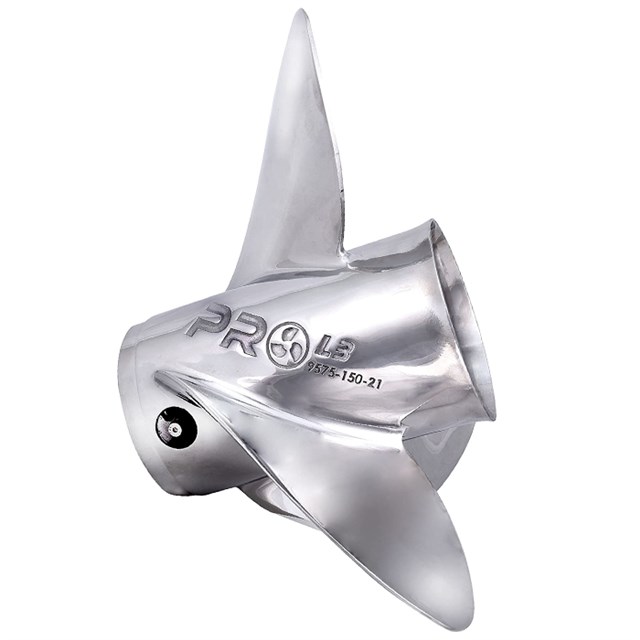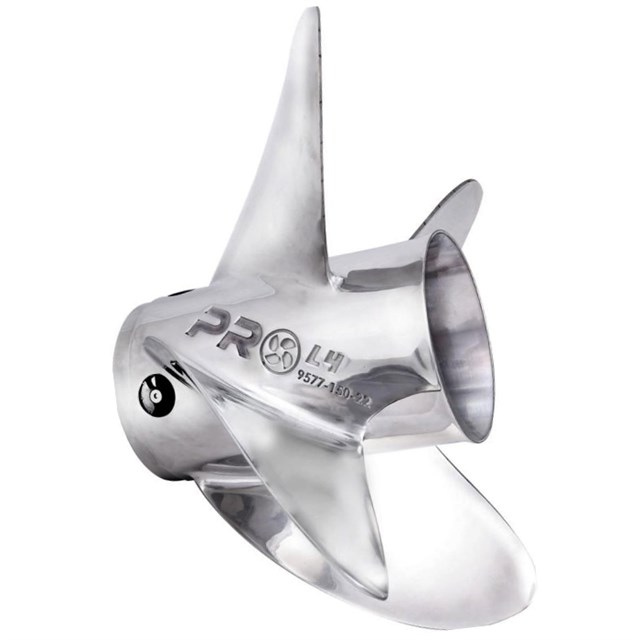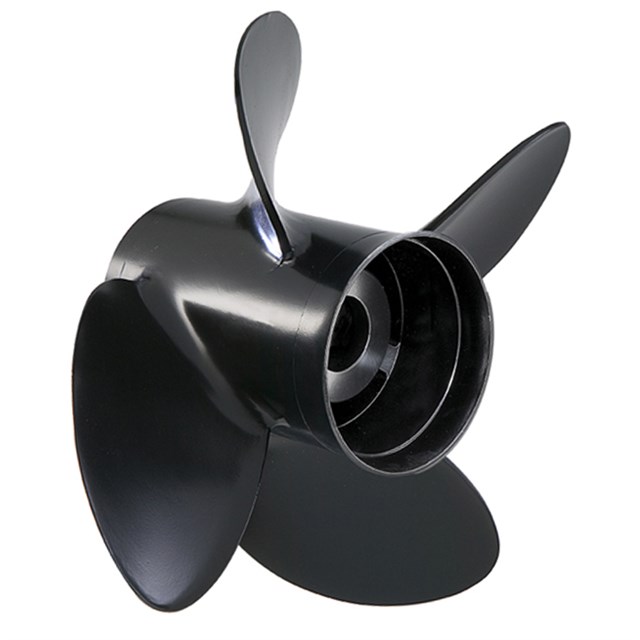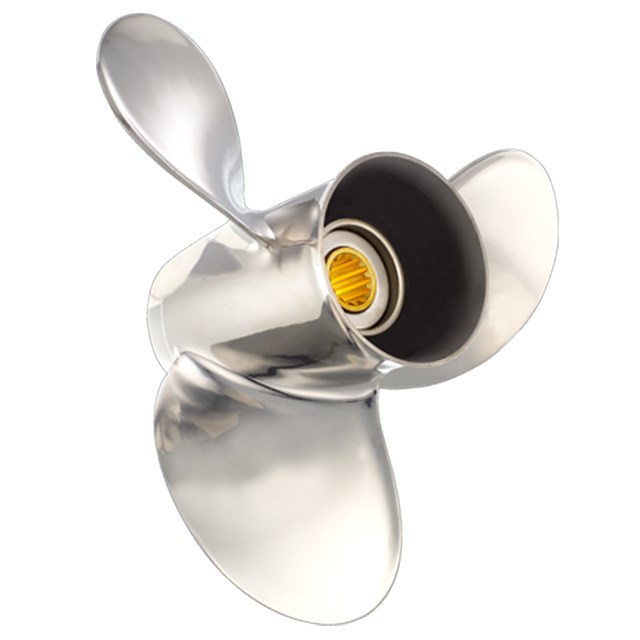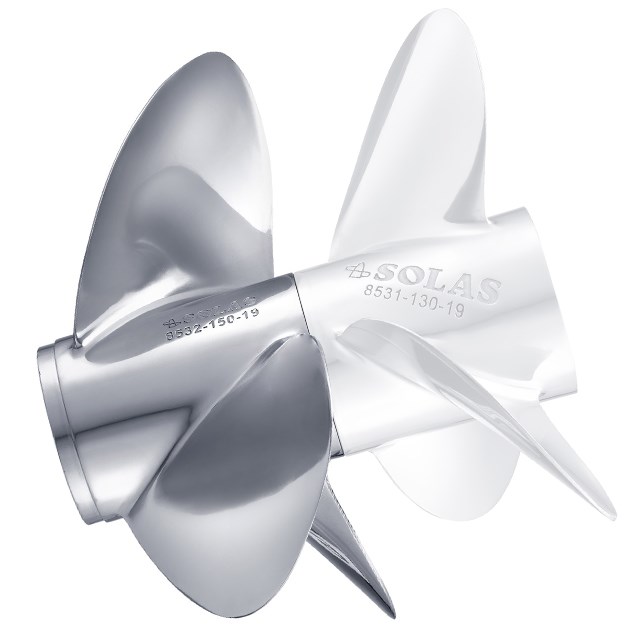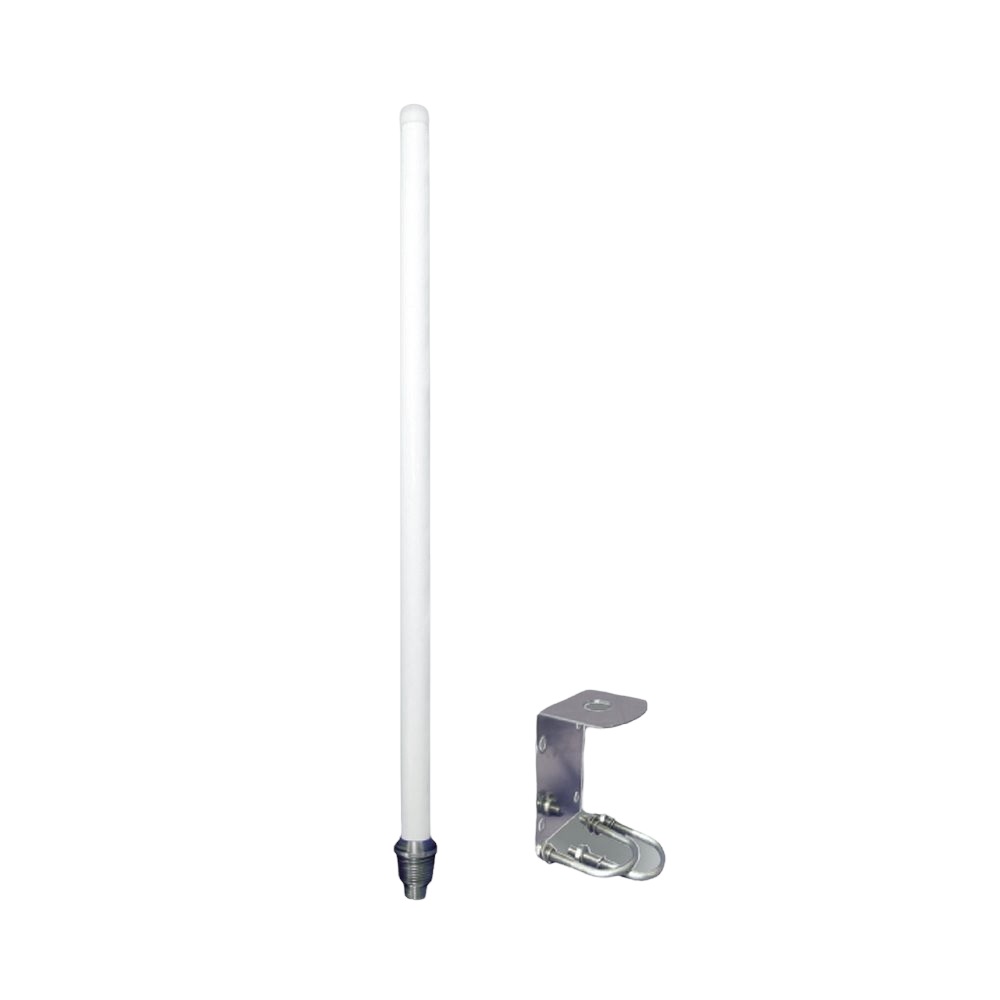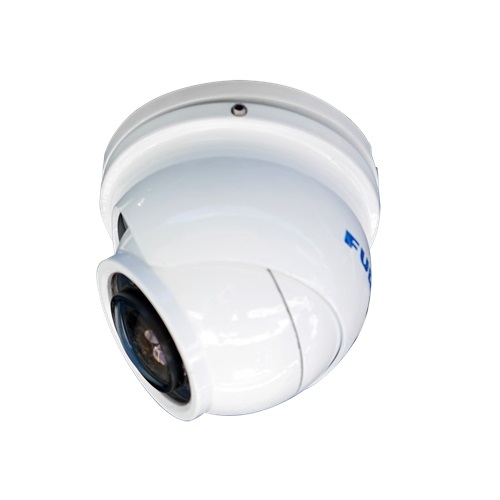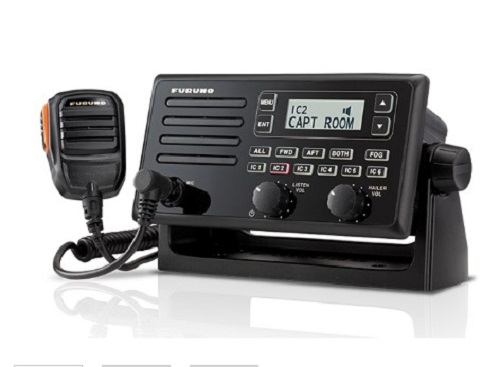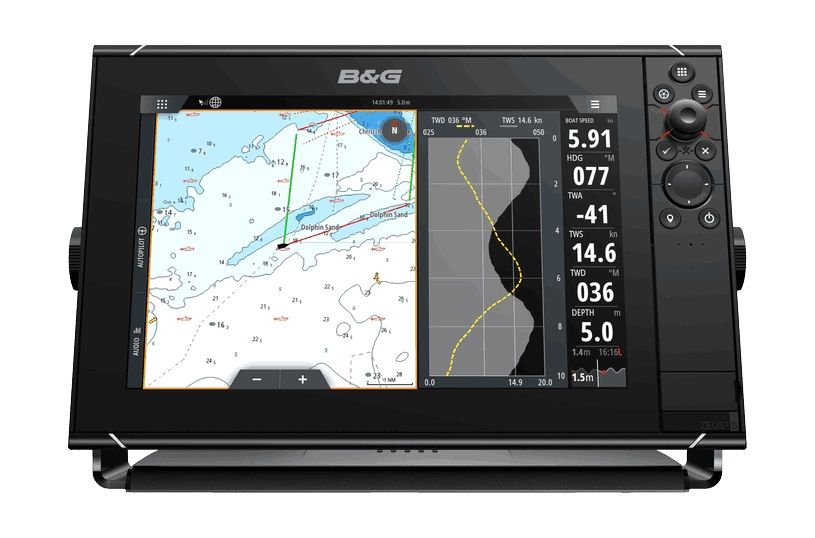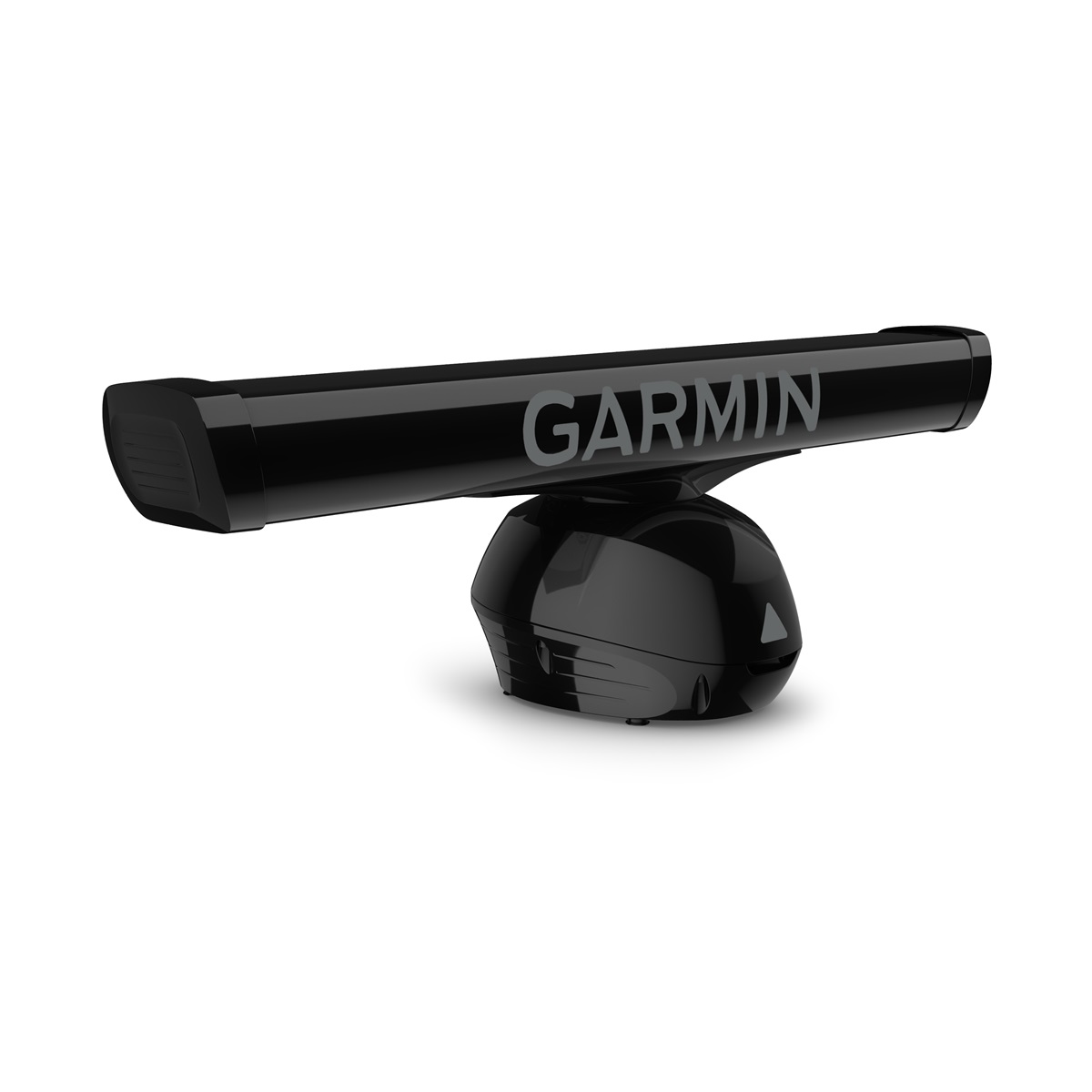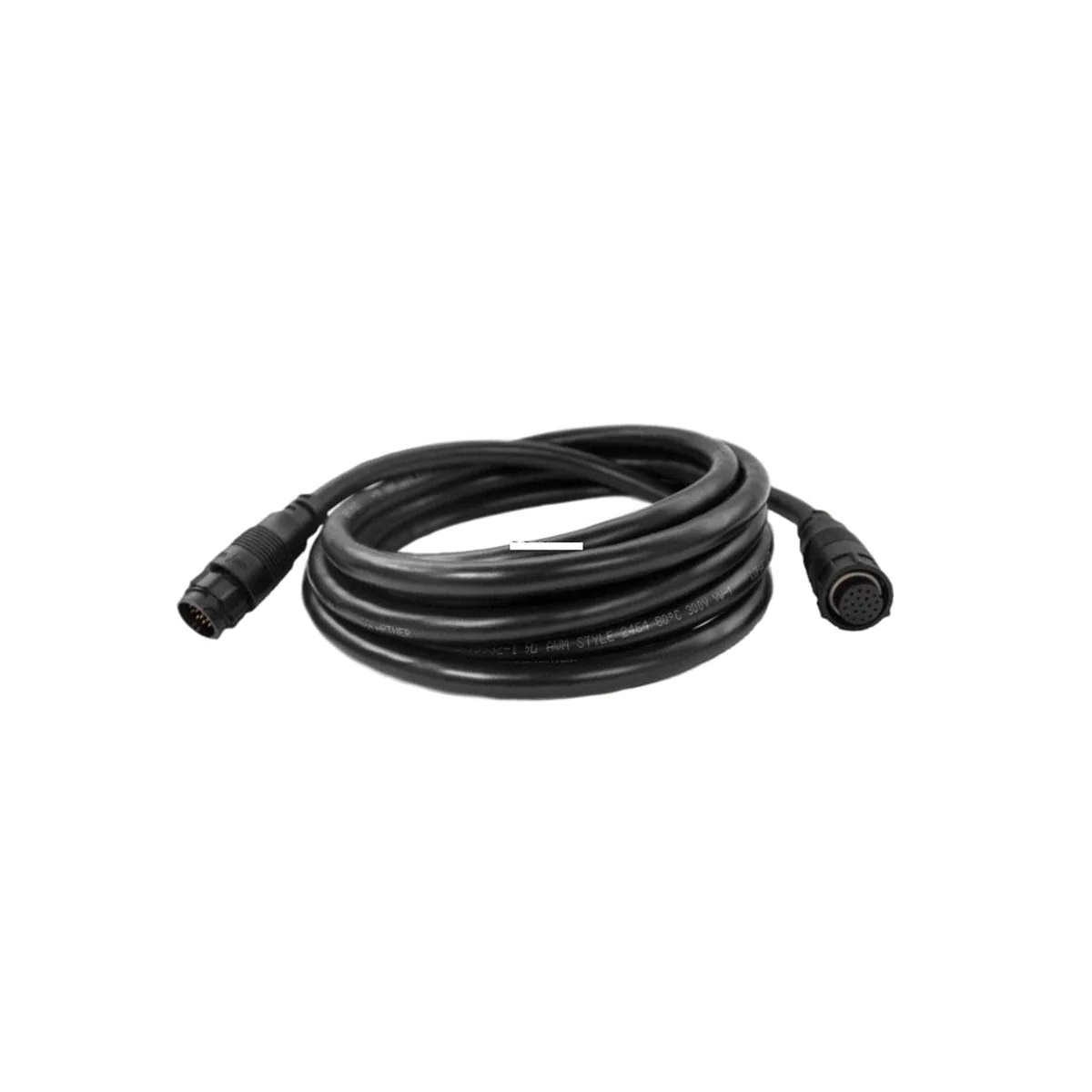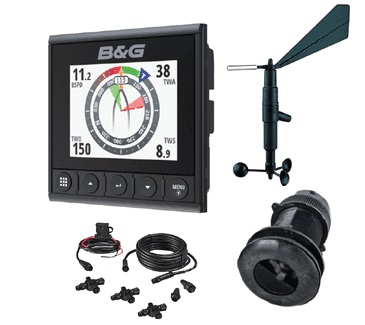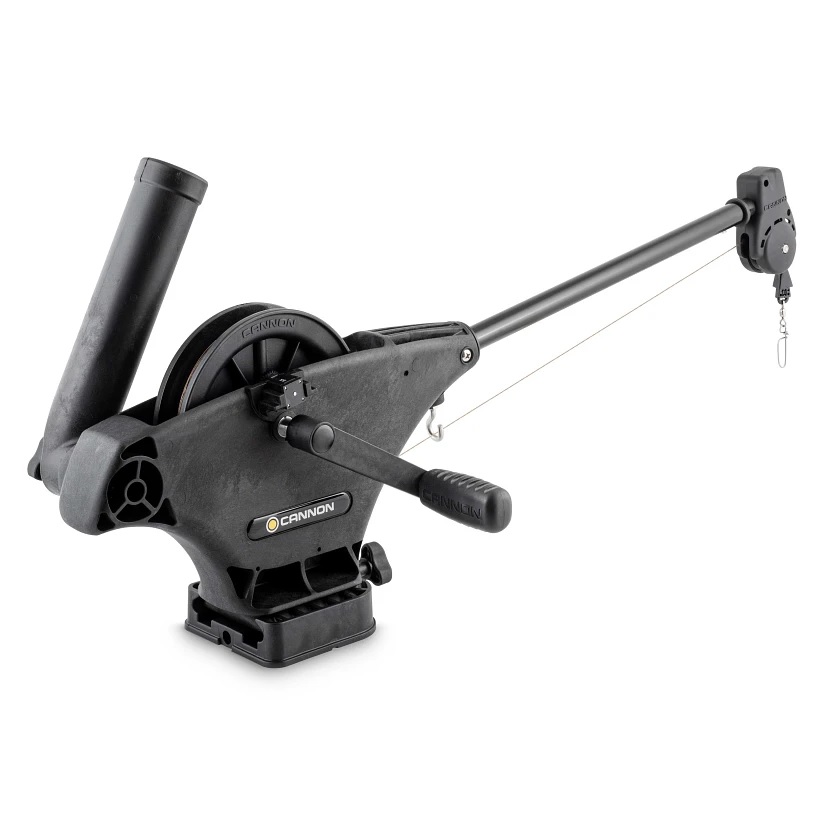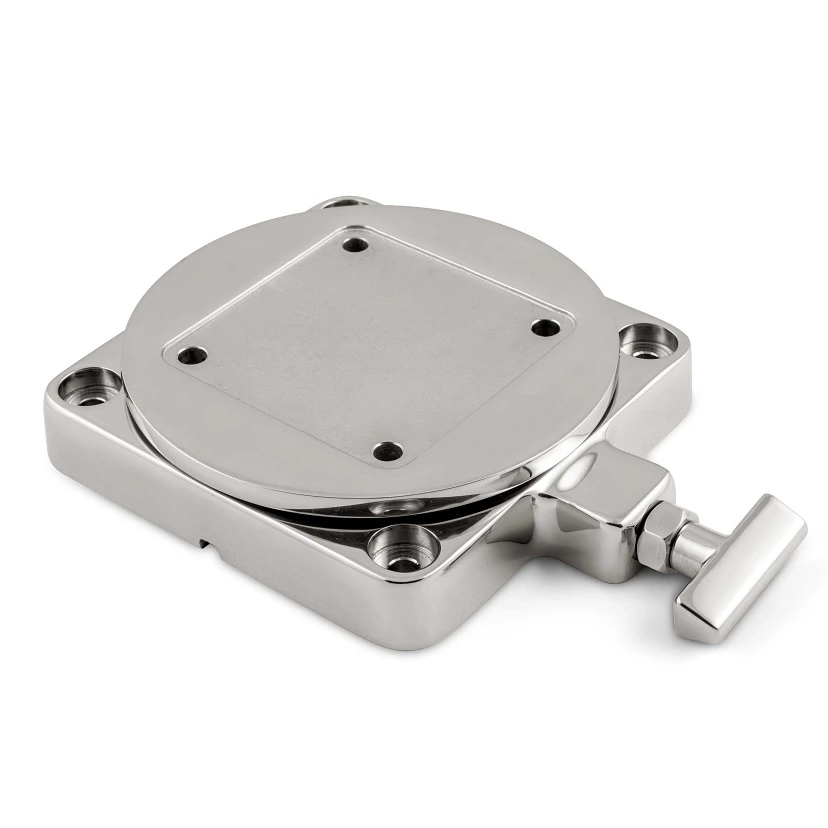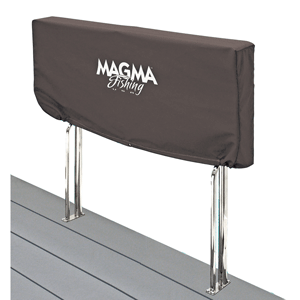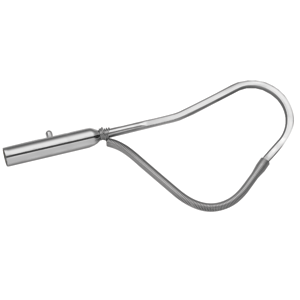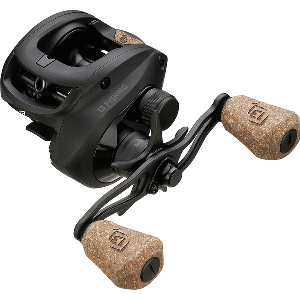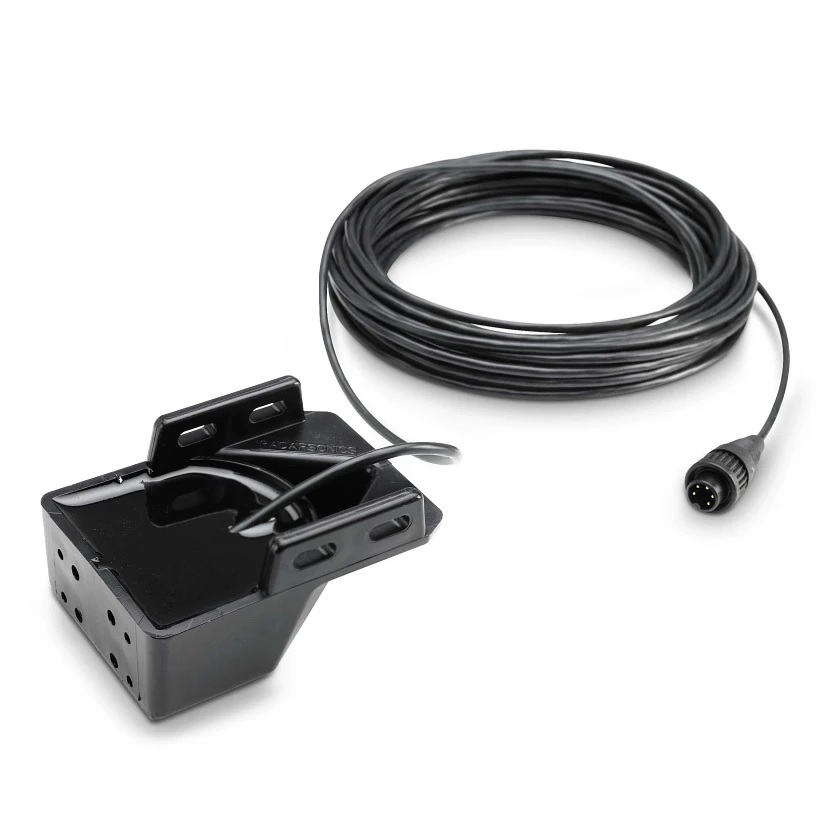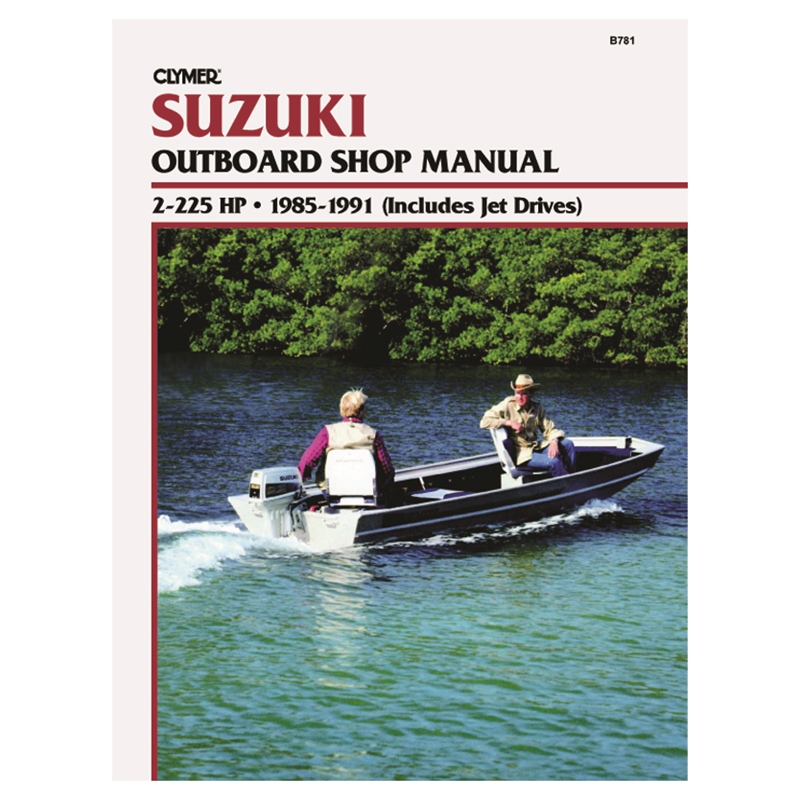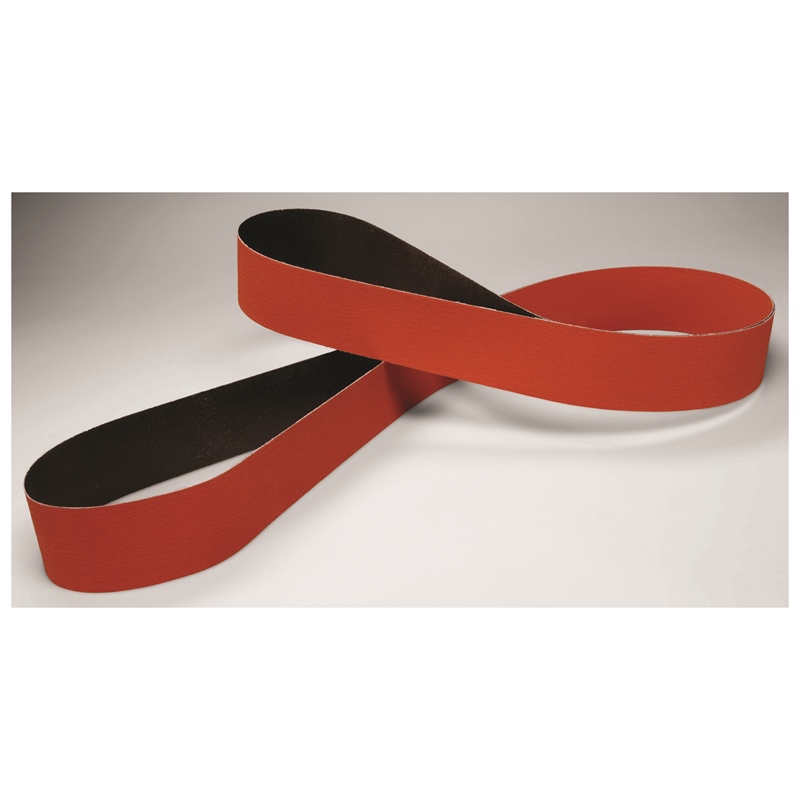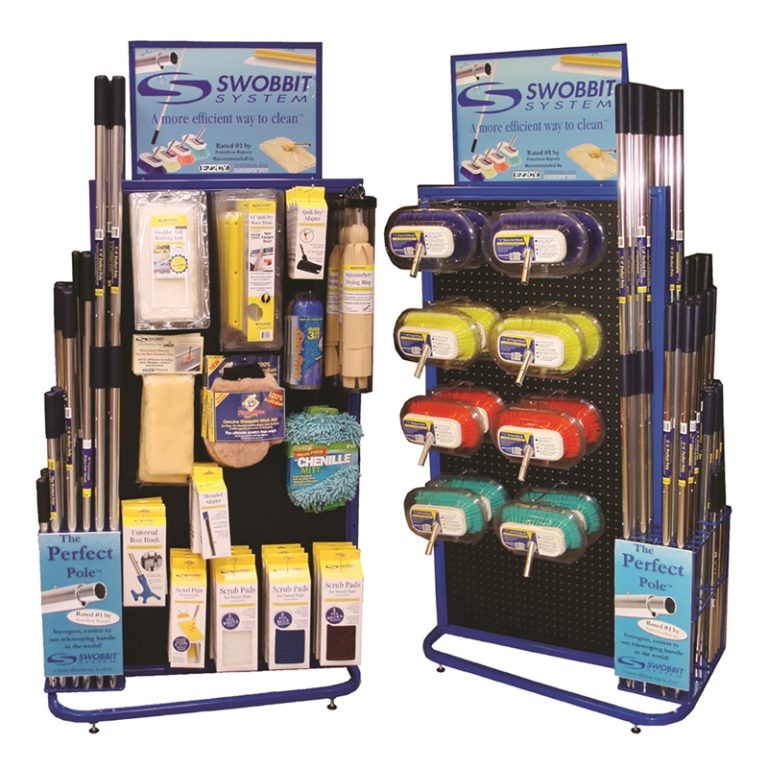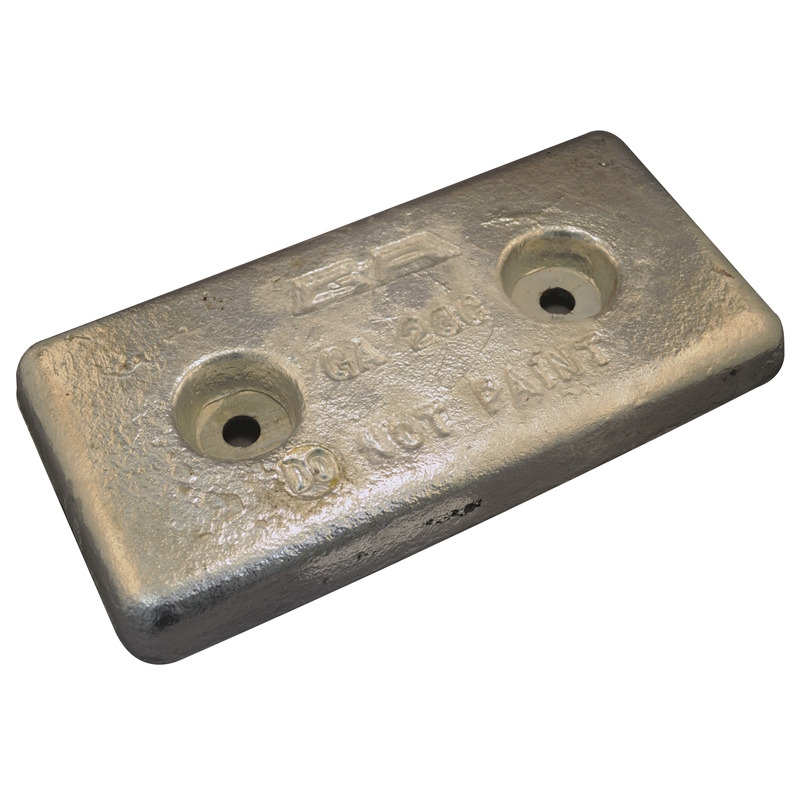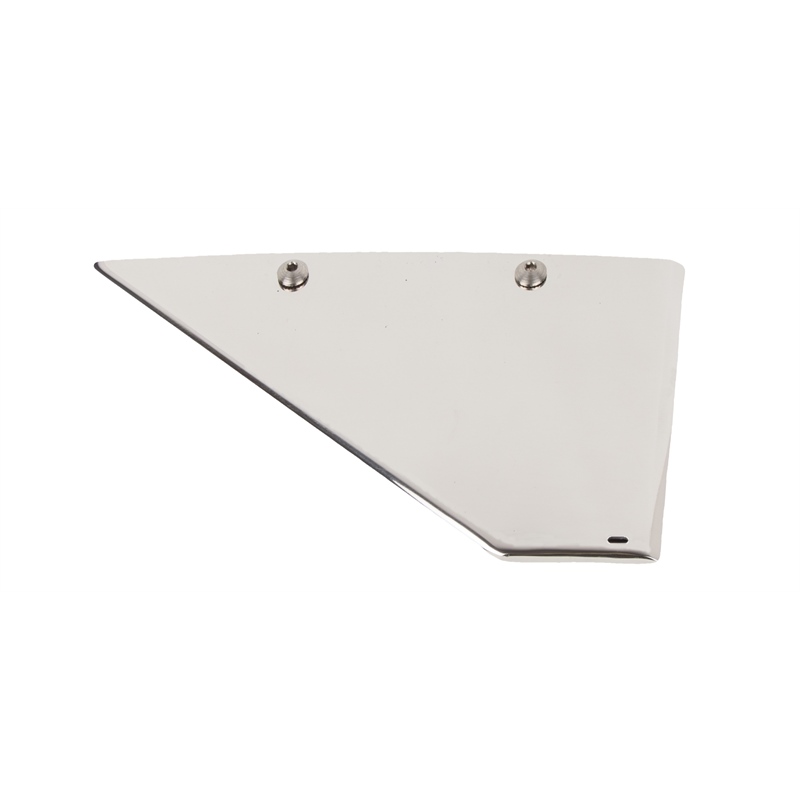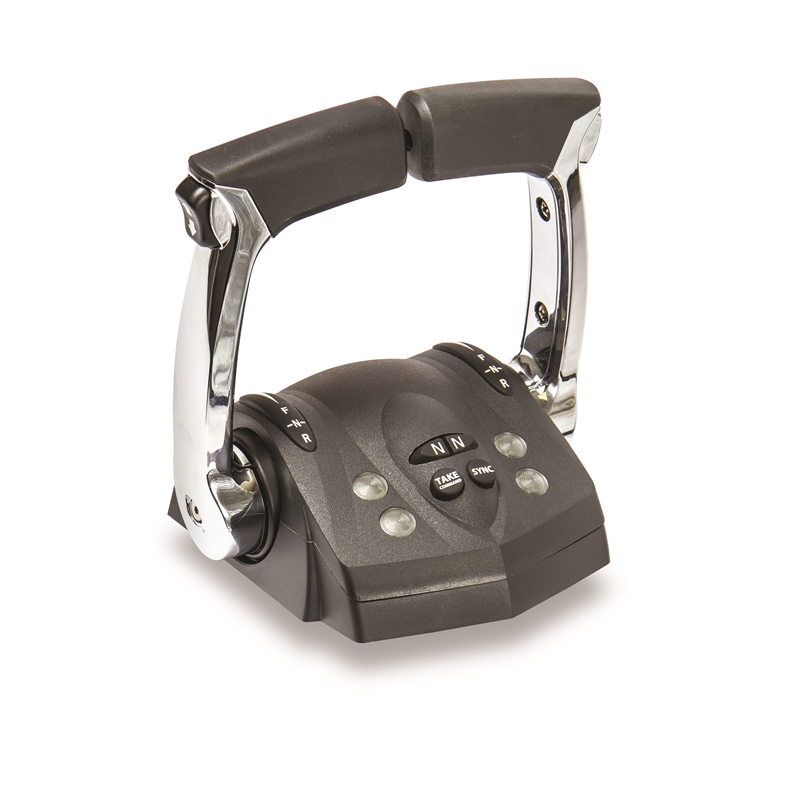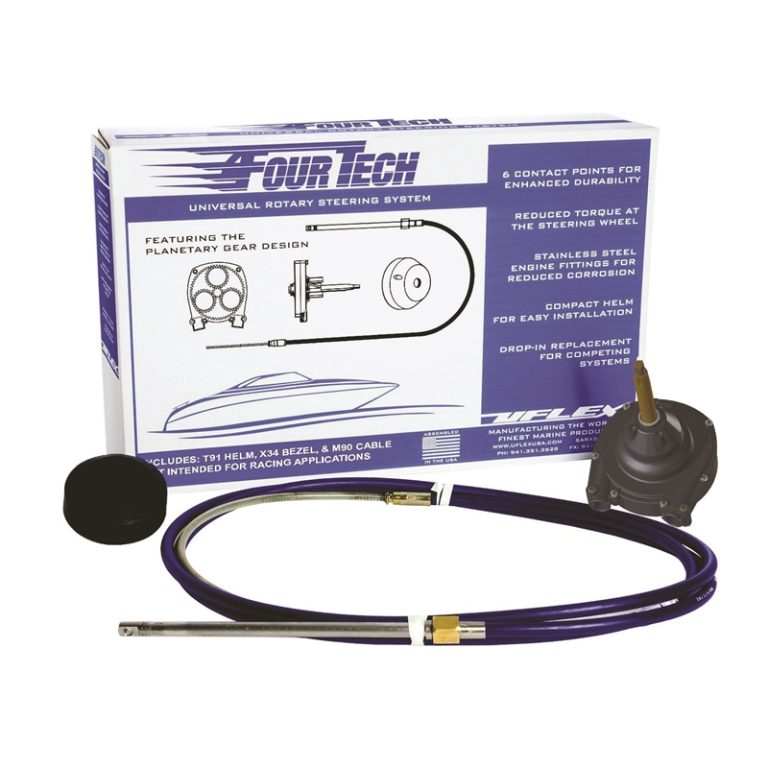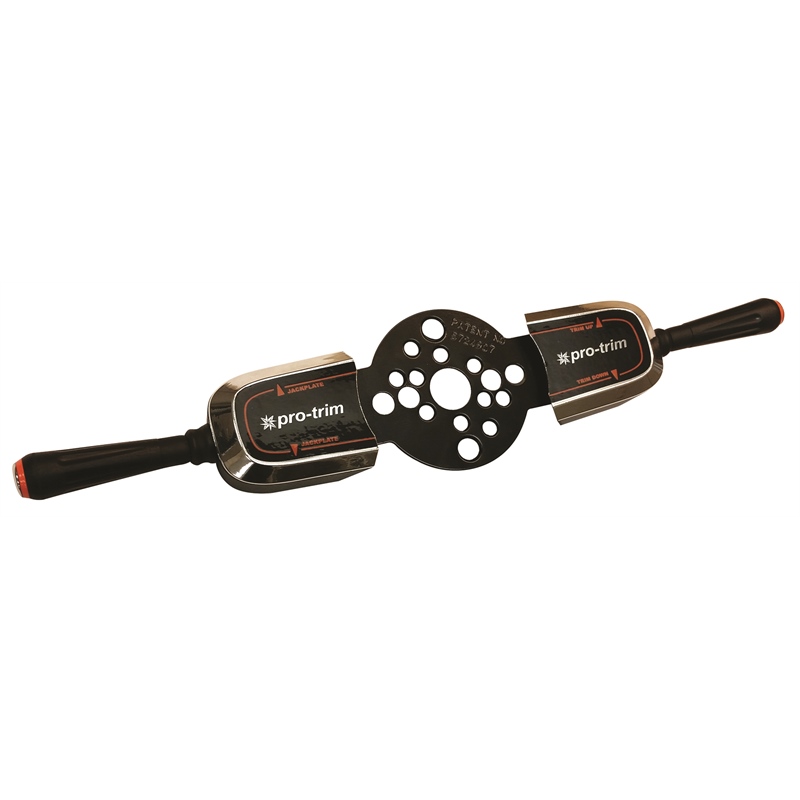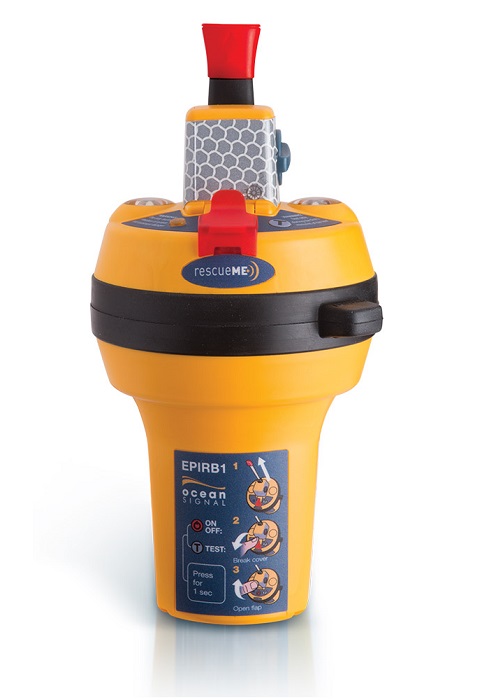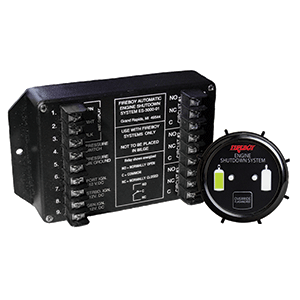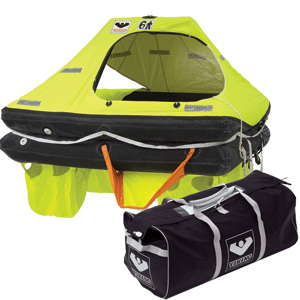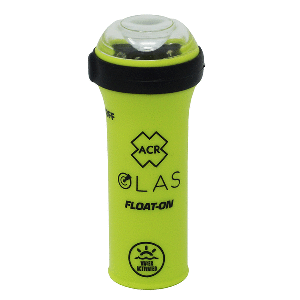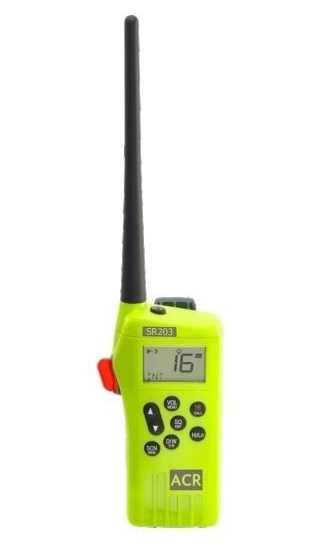How to Properly Install and Maintain Marine Electronics
Marine electronics are vital for safe and enjoyable boating, providing essential navigation, communication, and safety functions. Proper installation and regular maintenance of marine electronics like GPS systems, fish finders, and VHF radios are crucial to ensuring they work efficiently and last for years. In this guide, we’ll go over the best practices for installing and maintaining your marine electronics to keep you connected, informed, and secure on the water. Visit to AllBoatSupplies.com for boat supplies.
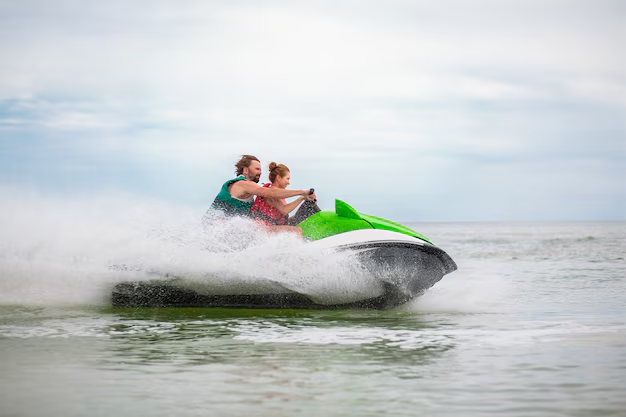
1. Choosing the Right Marine Electronics
Before installation, it’s essential to select the right electronics for your boating needs. Consider factors such as the size of your boat, your primary activities (fishing, sailing, etc.), and specific needs like GPS, radar, or sonar.
Popular Marine Electronics:
- GPS & Chartplotters: For navigation and route planning.
- Fish Finders & Sonar: For locating fish and identifying underwater features.
- VHF Radios: For reliable communication and emergency use.
- Radar Systems: For detecting weather patterns, landmasses, and other vessels.
Tip: Check for marine-specific models that are waterproof, UV-resistant, and able to withstand the saltwater environment.
2. Preparing for Installation
Before you start installing any marine electronic, prepare your boat and the necessary tools to avoid complications. Carefully read the manufacturer’s installation instructions and make a plan for where each device will be installed.
Key Steps to Follow:
- Plan Your Wiring: Map out the wiring path to ensure power cables are secure and won’t interfere with any moving parts.
- Choose a Mounting Location: Mount devices where they’ll be easily accessible and visible without obstructing your view or movement.
- Gather Essential Tools: Have tools like screwdrivers, wire cutters, cable ties, heat shrink tubing, and crimp connectors ready.
Tip: Always turn off the boat’s power before beginning installation to prevent electric shock or damage to your electronics.
3. Installation of GPS, Chartplotters, and Fish Finders
Installing GPS and fish finders requires careful consideration of the device’s position on the boat. Both devices should be mounted in positions where they’ll be easy to see and use without affecting safety or mobility.
Steps for Installation:
- Install the Display Unit: Mount the display on a secure surface using the provided mount. Ensure it’s visible from the helm for easy navigation and monitoring.
- Connect Power Cables: Run the power cables to your boat’s power source. Use waterproof connectors or heat-shrink tubing to protect the wires from water damage.
- Place the Transducer (for Fish Finders): Mount the transducer below the waterline, ideally on the stern or hull, to provide accurate readings without interference.
Tip: Avoid placing the transducer near propellers or other equipment that might cause turbulence, as it can interfere with readings.
4. VHF Radio Installation
VHF radios are essential for communication and safety, allowing you to contact other boaters, marinas, and the Coast Guard.
Steps for Installation:
- Mount the Radio: Place the radio in an accessible location near the helm where it won’t interfere with other equipment.
- Install the Antenna: Mount the antenna in a high, unobstructed location for optimal signal transmission.
- Run Power and Antenna Cables: Secure cables along safe paths, avoiding sharp edges or areas with high heat. Use cable ties to keep them organized.
Tip: Test the radio after installation to ensure proper functionality and signal strength.
5. Battery Maintenance and Power Management
Marine electronics require a steady power supply. Proper battery maintenance ensures that your devices won’t lose power unexpectedly.
Battery Tips:
- Use Marine-Grade Batteries: Marine batteries are built to withstand harsh conditions and provide stable power for electronics.
- Install Battery Chargers: Use onboard chargers to maintain battery levels and prevent over-discharge.
- Regularly Check Battery Connections: Clean battery terminals and check for corrosion or loose connections.
Tip: Consider using a battery monitor system to track power usage and charge levels in real time.
6. Routine Maintenance of Marine Electronics
Regular maintenance helps extend the life of your marine electronics and prevents issues when you’re on the water.
Maintenance Tasks:
- Clean Display Screens: Use a soft cloth and screen-safe cleaner to remove salt, grime, and fingerprints.
- Inspect Wiring: Look for loose or frayed wires, corrosion, and damaged connectors. Replace any parts that show signs of wear.
- Update Software: Many modern devices have software updates for performance improvements. Check with the manufacturer for available updates.
- Check Antenna Connections: Ensure VHF antennas and transducers are securely attached, as loose connections can cause signal issues.
Tip: Perform maintenance at least once every few months, especially after long trips or exposure to harsh weather conditions.
7. Waterproofing and Corrosion Prevention
Marine electronics are exposed to moisture, salt, and sunlight, which can cause corrosion if not properly protected.
Protection Tips:
- Use Waterproof Connectors: For all external connections, use marine-grade waterproof connectors and sealants to keep water out.
- Apply Corrosion Inhibitors: Apply an anti-corrosion spray to connectors and terminals to prevent rust and deterioration.
- Protect with Covers: When not in use, cover display units to shield them from sunlight and water.
Tip: Inspect your waterproofing measures frequently, especially after exposure to heavy rain or saltwater.
8. Troubleshooting Common Issues
Marine electronics can sometimes experience issues like loss of power, signal interference, or screen malfunctions. Here’s how to handle common problems:
Common Issues and Solutions:
- Power Issues: Check battery levels and connections. Make sure cables are not damaged or corroded.
- Signal Interference: Ensure there are no obstructions around antennas or transducers.
- Software Glitches: Restart the device and check for software updates.
Tip: Always keep a troubleshooting manual onboard or bookmark a manufacturer’s online resources for quick reference.
Conclusion
Proper installation and maintenance of marine electronics are essential for a safe, efficient, and enjoyable boating experience. By following these guidelines, you’ll ensure your devices remain in peak condition, providing reliable navigation, communication, and safety on the water. From installing GPS and VHF radios to protecting your devices from corrosion, these practices will help you make the most of your marine electronics for years to come.






